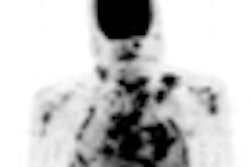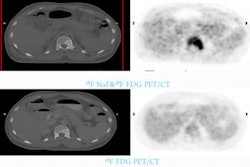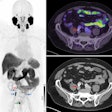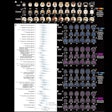Dear Molecular Imaging Insider,
This issue of the Insider gives you an exclusive first look at how the designs of cardiac SPECT cameras have taken a quantum leap in recent years, as innovative developers advanced both hardware and software to reduce scan time and allow users to better control the amount of radiotracers given to patients.
The article offers examples of various novel technologies and describes how the progress may affect a market that has been plagued by reduced investments and purchasing. Read more by clicking here.
Also in this edition, German researchers are reporting promising results in the use of PET/MRI to detect malignant tumors in the head and upper neck. Researchers at Eberhard-Karls University tested a prototype hybrid PET/MR scanner and found that the MR images showed "excellent image quality," with no recognizable artifacts caused by the specially designed PET detector array that fits inside the MR magnet bore.
In addition, the U.S. Pharmacopeial Convention last week outlined a series of new quality assurance standards for producing and compounding PET drugs -- the standards cover responsibilities such as personnel training, equipment maintenance, quality control, and labeling and packaging. Read how you can contribute to the discussion and final recommendations by clicking here.
In other highlights in the Molecular Imaging Digital Community, Swiss researchers have found that PET imaging may detect metabolic changes following treatment with vandetanib and help in the evaluation of therapy response. Vandetanib, currently in clinical trials, is designed to inhibit the function of the RET (rearranged-during-transfection protein) proto-oncogene and other protein kinases involved in the development and progression of cancer.
As a reminder, we're traveling to Vienna later this week to attend the European Congress of Radiology (ECR) from March 3 through March 7. Stay in touch with AuntMinnie.com on a daily basis for the latest news and research from around the world at ECR 2011.




















